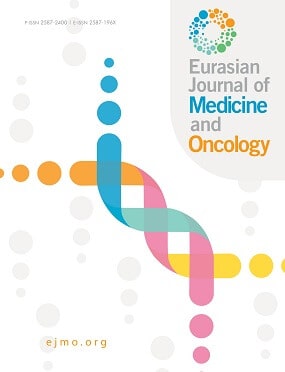

Escherichia Coli Bloodstream Infections and Associated Antibiotic Resistance Pattern in Hematological Malignancy Populations, A Global Systematic Review
Mina Jafarabadi1, Azad Khaledi21Vali-E-Asr Reproductive Health Research Center, Tehran University of Medical Sciences, Tehran, Iran, 2Infectious Diseases Research Center, Kashan University of Medical Sciences, Kashan, Iran,
Objectives: Among Gram-negative bacteria, Escherichia coli (E.coli) has a major role in BSI in hematological malignan cies recipients. So, this study aimed to survey Escherichia coli bloodstream infections (BSI) and associated antibiotic resistance pattern in hematological malignancy populations via a global systematic review. Methods: Articles were searched by different databases such as Scopus, PubMed, and Web of Science (ISI) to search studies that reported E. coli bloodstream infections and associated antibiotic resistance patterns in hematological ma lignancies populations by two researchers independently. Then, the articles were selected based on the inclusion and onar exclusion criteria, and finally, using scientific methods, the quality assessment of the studies was done, and finally, the data was analyzed by comprehensive meta-analysis (CMA) software. Results: Lastly, 36 studies were included in the current systematic review. Median age of patients was between 1-75 years. Most of the patients who underwent HSCT were men. The prevalence of bacterial BSI in various studies varied between 8.8- 51.2%. The prevalence of E.coli was between 9-54%. E.coli MDR isolates were reported between 0-25 per cent. Also, the prevalence of ESBL E.coli strains in BSI of HSCT recipients was between 13-80%. The BSI related death by E.coli was varied between 6-27%. The highest antibiotic resistance was reported to ciprofloxacin, cefepime, Third- and Fourth-generation cephalospo rins, and amikacin with prevalence of 100%, while the lowest antibiotic resistance was reported against Tigecycline with a prevalence of 0-8%. Conclusion: Our review showed the high prevalence of E.coli, particularly MDR/ESBL strains, and antibiotic resistance, consequently BSI-related mortality in HSCT recipients. Therefore, more serious infection control measures/regular con tinuous screening should be taken in the wards/centers where these patients who underwent HSCT to prevent the spread of such isolates, and also, empirical therapy with effective antibiotics such as tigacycline and imipenem should be done immediately. Keywords: Escherichia coli, Bloodstream Infections, Antibiotic Resistance, Hematological Malignancy
Cite This Article
Jafarabadi M, Khaledi A. Escherichia Coli Bloodstream Infections and Associated Antibiotic Resistance Pattern in Hematological Malignancy Populations, A Global Systematic Review. EJMO. 2024; 8(1): 15-23
Corresponding Author: Azad Khaledi



